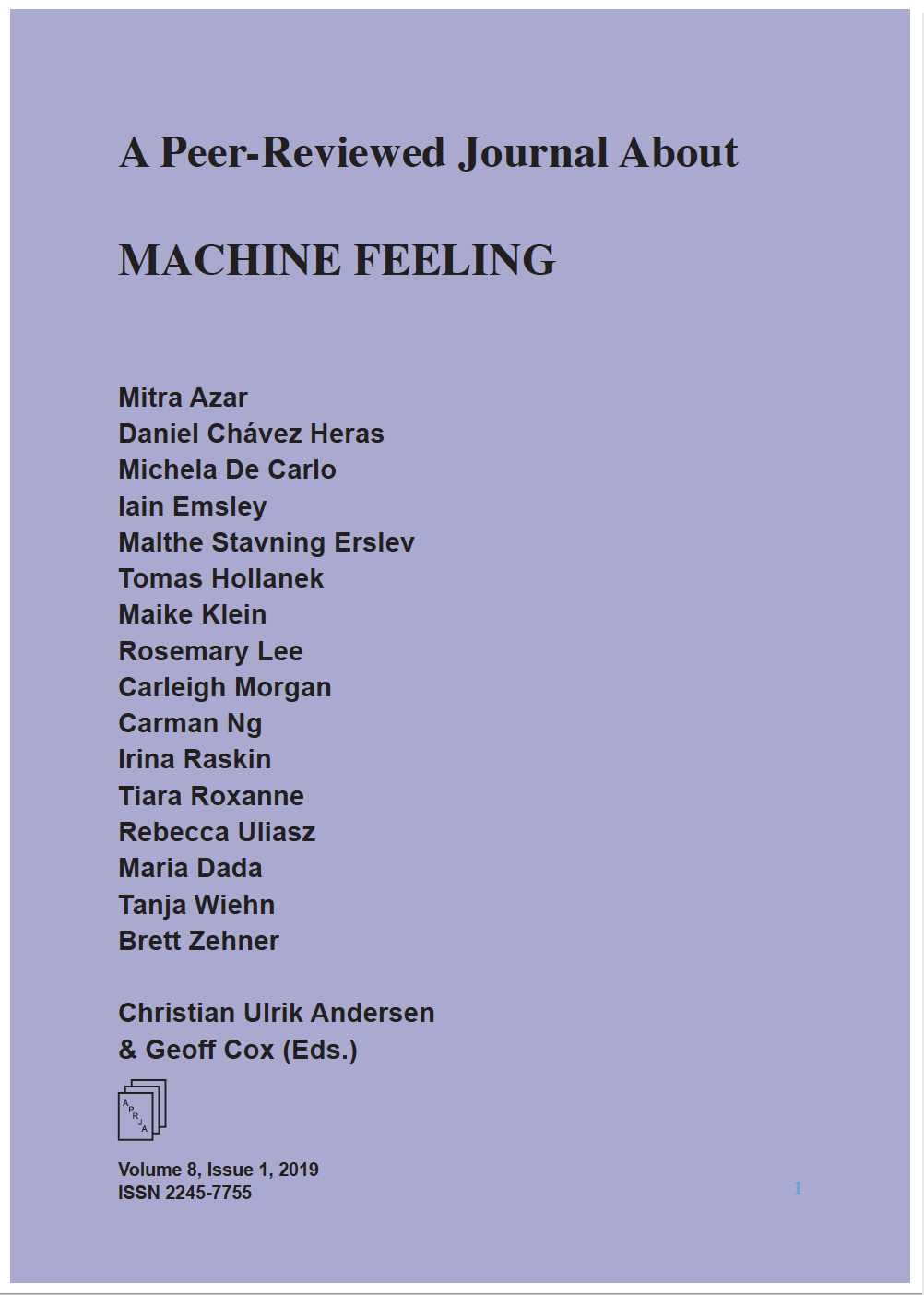Calculated error
Glitch art, compression artefacts, and digital materiality
DOI:
https://doi.org/10.7146/aprja.v8i1.115426Abstract
This paper proposes a reconsideration of the aesthetic category of ‘glitch’ and advocates for a more careful theorisation around indexing — in the sense of both locating and naming — errors of a digital kind. Glitches are not as random as they seem: they are ordered and shaped by computational hardware and software, which impose a mathematical rubric on how glitches visually manifest and set ontological and technological constrains on glitch that limit how digital errors can and cannot be made to appear. Most crucially, this paper thinks about how one particular type of glitch — a compression artefact called a macroblock — can often appear as random, erratic, or unpredictable but is, in fact, materially constrained and visually conditioned according to the principles of computing and computer design. At its core, compression aesthetics can shed light on the operations of algorithms, the structures of digital technologies, and the priorities and patterns which occur as a function of algorithmic manipulation. The randomness, unpredictability, or messiness which glitch studies invokes around the glitch is in danger of overlooking the ways that the material architectures and algorithmic protocols structure the digital glitch by organising, constraining, and given form to its appearance.
Downloads
Published
Issue
Section
License
Copyright (c) 2019 A Peer-Reviewed Journal About

This work is licensed under a Creative Commons Attribution-NonCommercial-ShareAlike 4.0 International License.
Copyrights are held by the individual authors of articles.
Unless stated otherwise, all articles are published under the CC license: ‘Attribution-NonCommercial-ShareAlike’.
The journal is free of charge for readers.
APRJA does not charge authors for Article Processing Costs (APC)


